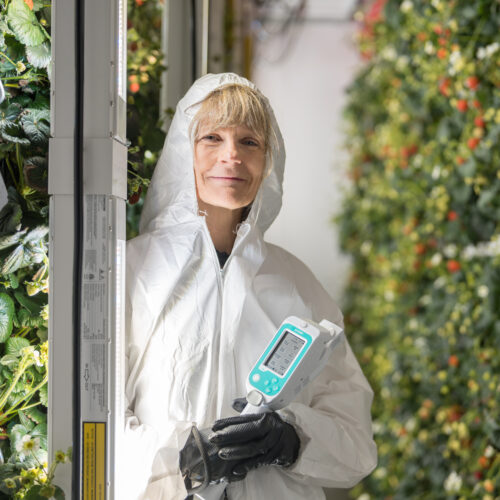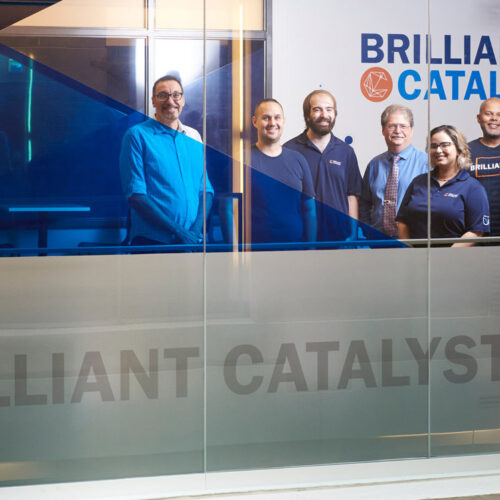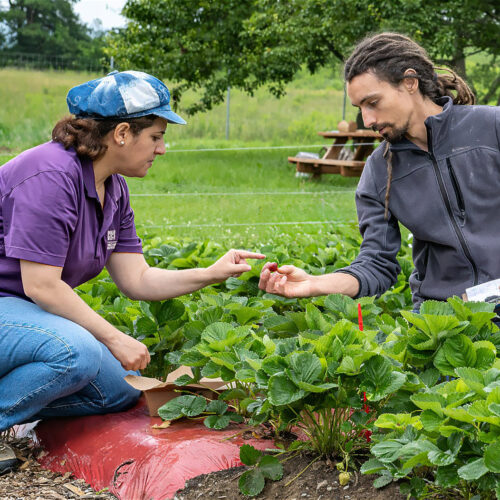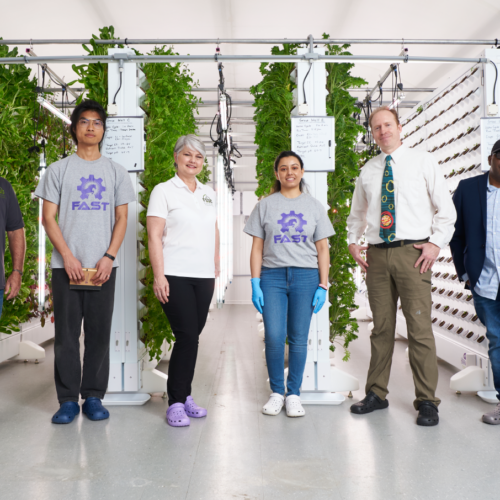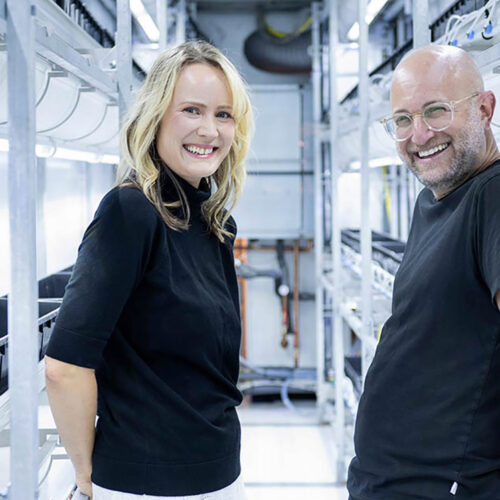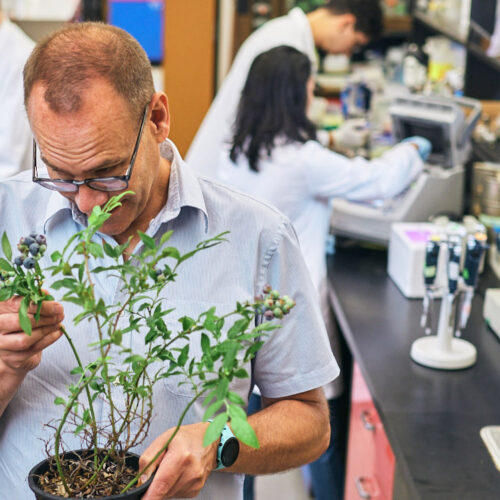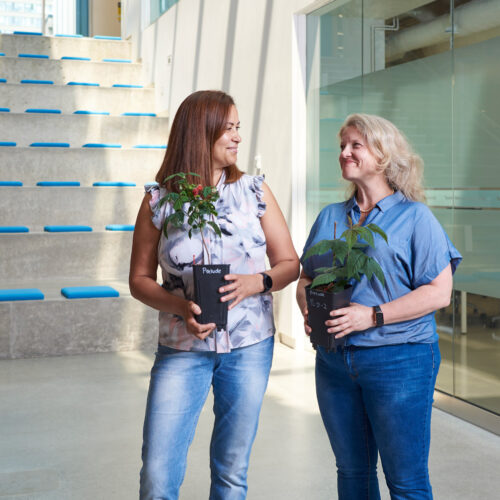AgriTech North has joined forces with Collège Boréal and the Rural Agri-Innovation Network to help create a scalable fresh-food production system that’s both economically viable and sustainable for northern growers, particularly in remote and Indigenous communities. This unique-to-Canada growing space is underpinned by a thermal-management technology and advanced thermal harvesting apparatus.
Achieving sustainable and commercially viable greenhouse strawberry production in extreme climates with integrated and innovative infrastructure, equipment, and methods.
In Dryden, Ontario—halfway between Winnipeg and Thunder Bay—a vertical farm is producing two unlikely products for a subarctic climate: off-season strawberries and heat.
The farm’s operator, AgriTech North, has joined a research team assembled by Sabine Bouchard, manager of research and innovation at Collège Boréal, to help create a unique to Canada growing space with thermal management technology. Their goal is a scalable fresh-food production system that’s both economically viable and sustainable for northern growers, particularly in remote and Indigenous communities.
“Greenhouse envelope technologies haven’t changed in more than 50 years,” says Benjamin Feagin Jr., AgriTech North’s chief executive officer, referring to the physical components that separate the inside and outside of a building. “I was familiar with inflatable structures, like BC Place in Vancouver, and started thinking about their performance relative to their occupied space. I discovered they actually outperform existing technologies substantially.”
This revelation sparked the development of an inflatable greenhouse made of ethylene tetrafluoroethylene (ETFE), a fluorine-based plastic that resists corrosion and can withstand extreme temperatures. “ETFE also has high light transmission, which can reduce the need for artificial lighting,” says David Thompson, director of the Rural Agri-Innovation Network at the Sault Ste. Marie Innovation Centre. “This leads to energy savings and a lower carbon footprint, too.”
Inside the greenhouse, a vertical farm designed by Truly Northern will employ water-cooled, programmable lighting and a hydroponic recirculation system that uses 95% less water and 60% less fertilizer than field production. Pests will be controlled through bee vector technology developed at Collège Boréal. “The bees live in a box hive,” Ms. Bouchard explains. “When they go out, they pass through a dispenser with soft pesticide that doesn’t affect the bees, and they take it to areas of the plants where a pesticide normally can’t reach.”
Even on frigid days, vertical farms require cooling systems to keep their indoor environments from becoming overheated. The greenhouse’s solar tri-generation system—which controls power, cooling, and heating—will reduce and recycle heat through thermal harvesting. “We’re combining a vertical farm that produces way too much heat and dumping that heat into an environment, like a greenhouse, that needs it,” Mr. Feagin explains. “That’s the power of combining multiple growing technologies.”
“This is regional food sovereignty.”
“In order to monetize the servicing of Indigenous communities that are at the far end of the distribution chain, every community in between will be served as well,” Mr. Feagin says. “That helps share the burden of distribution with many communities, so this is not just Indigenous food sovereignty, this is regional food sovereignty.”
Collaborators
- Benjamin Feagin Jr., AgriTech North
- Kerri Howarth, AgriTech North
- Jean Pierre Kapongo, Collège Boréal
- Sylvaine Beaulieu, Collège Boréal
- Stephane Lanteigne, Smart Indoor Farming Solutions/Truly Northern
- Daniel Leduc, Collège Boréal
- Lauren Moran, Sault Ste. Marie Innovation Centre
- David Thompson, Sault Ste. Marie Innovation Centre


